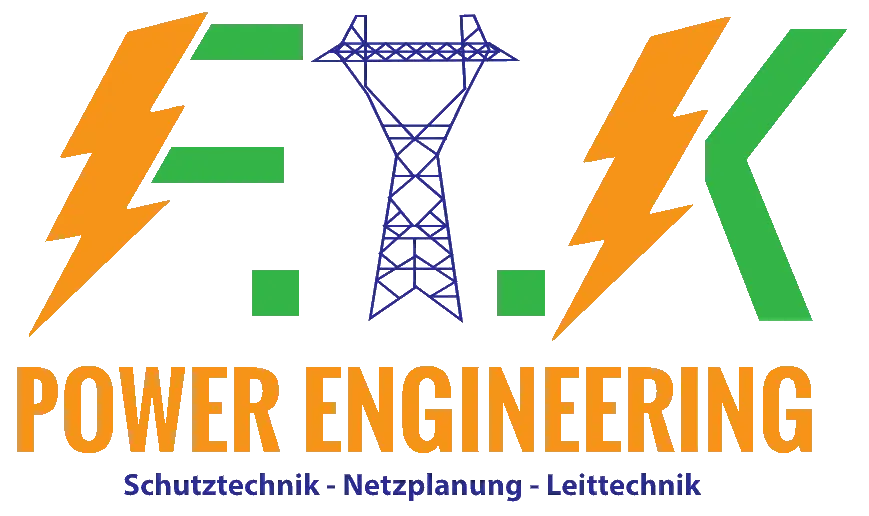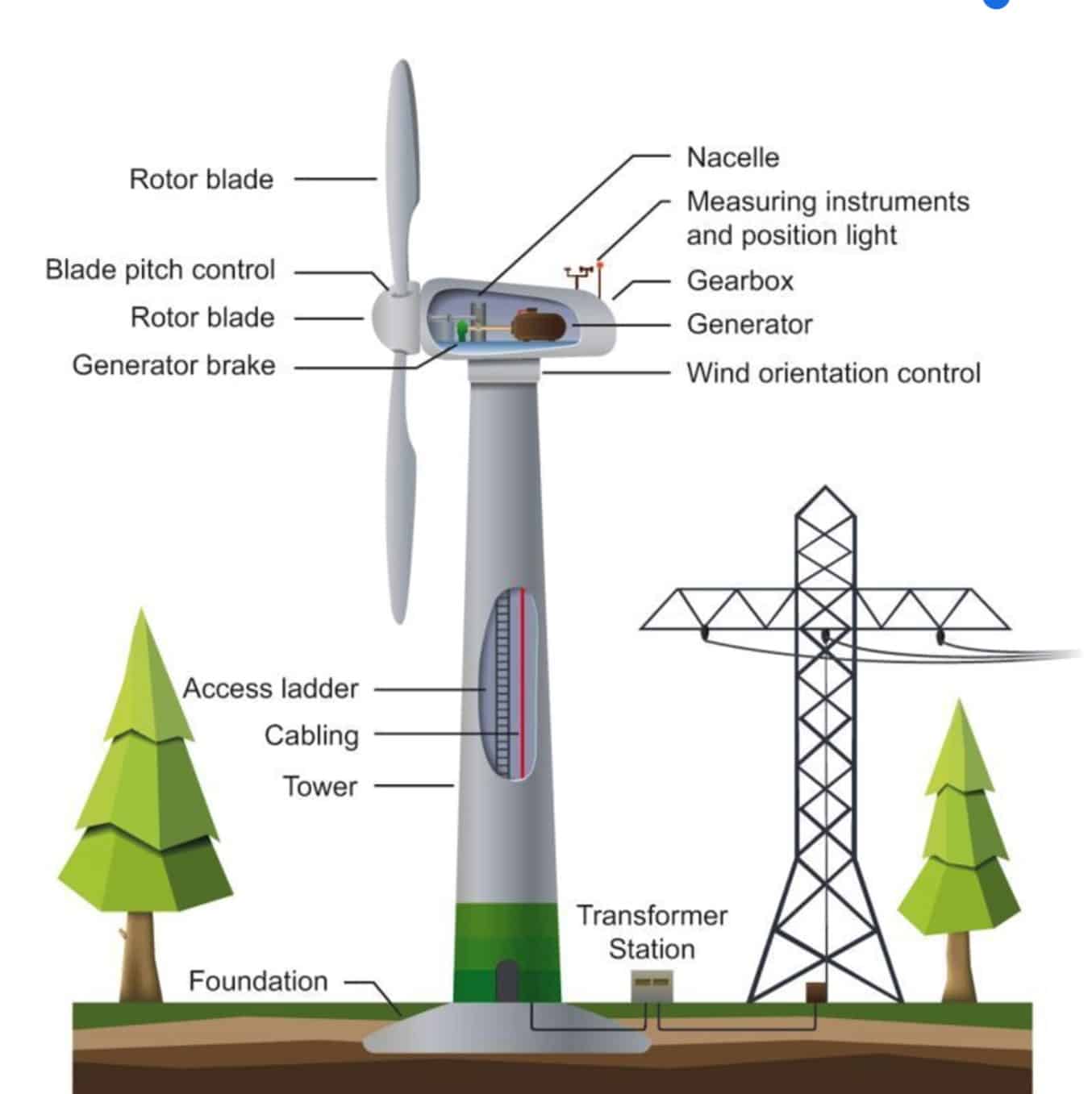Understanding Differential Protection Relay: How it Works and its Importance in Electrical Equipment Protection
Differential protection relay is a type of protective relay that is used to protect power transformers, generators, busbars, and other electrical equipment from internal faults. It operates on the principle of current balance, where the current entering the equipment is compared with the current leaving the equipment. Any difference in the current indicates a fault inside the equipment.
The differential protection relay is connected to both ends of the equipment, and it measures the current flowing through each end. If the current differential between the two ends exceeds a certain threshold, the relay will trip and isolate the equipment from the power system, thereby protecting it from damage.
Increasing demand for reliable and uninterrupted power supply
As the demand for electricity continues to rise, there is an increasing need for reliable and uninterrupted power supply. Differential protection relays provide an effective means of protecting electrical equipment from internal faults and preventing power outages, thereby ensuring a reliable power supply.
Growing industrialization and urbanization
The growing industrialization and urbanization in developing countries are driving the demand for electrical equipment, such as transformers and generators, which require differential protection relays for effective protection.
The North American differential protection relay market is expected to grow due to the increasing demand for renewable energy sources, such as solar and wind power. The region has stringent government regulations for the protection of electrical equipment, which is driving the adoption of differential protection relays.
The European differential protection relay market is driven by the increasing demand for reliable power supply, growing industrialization, and the need for energy-efficient equipment. The region has well-established infrastructure and advanced technology, which is driving the adoption of digital differential protection relays.





0 Comments